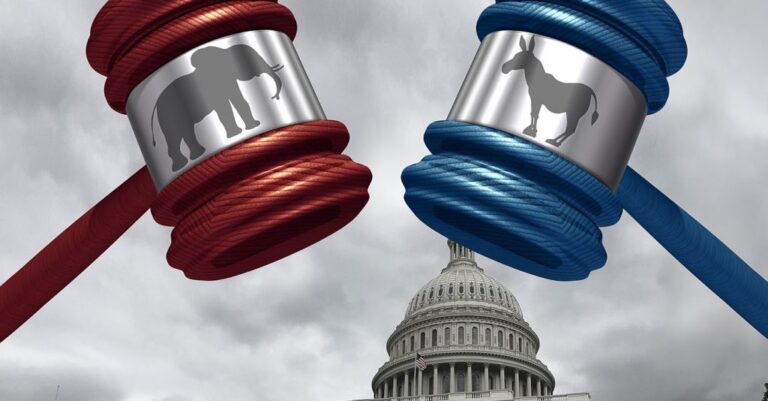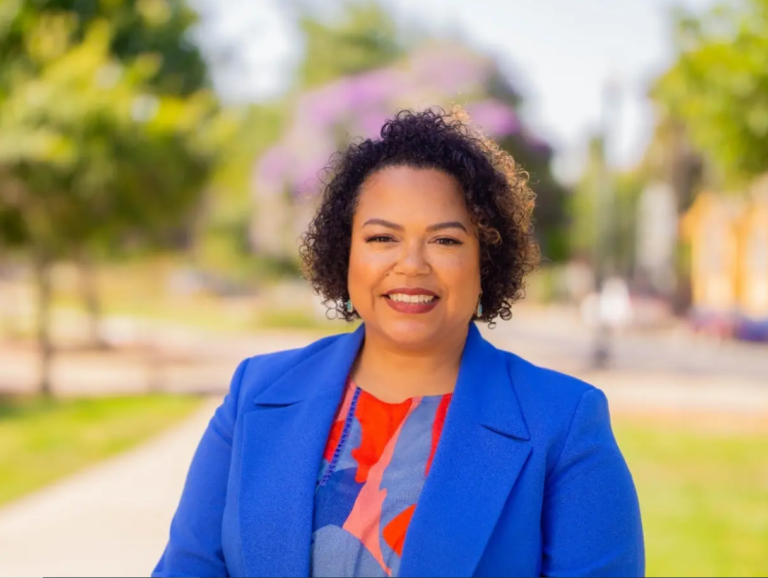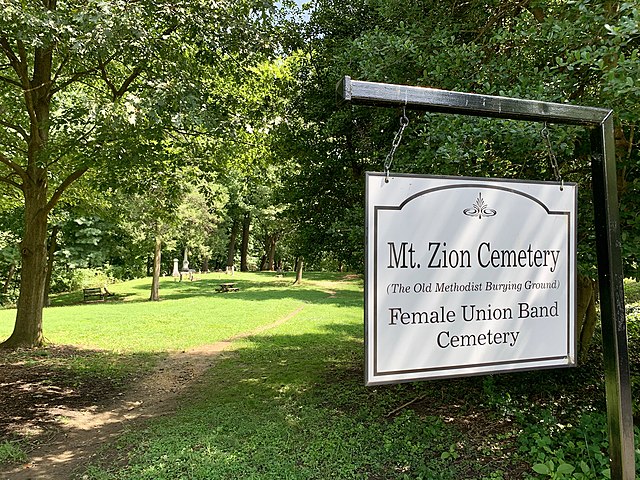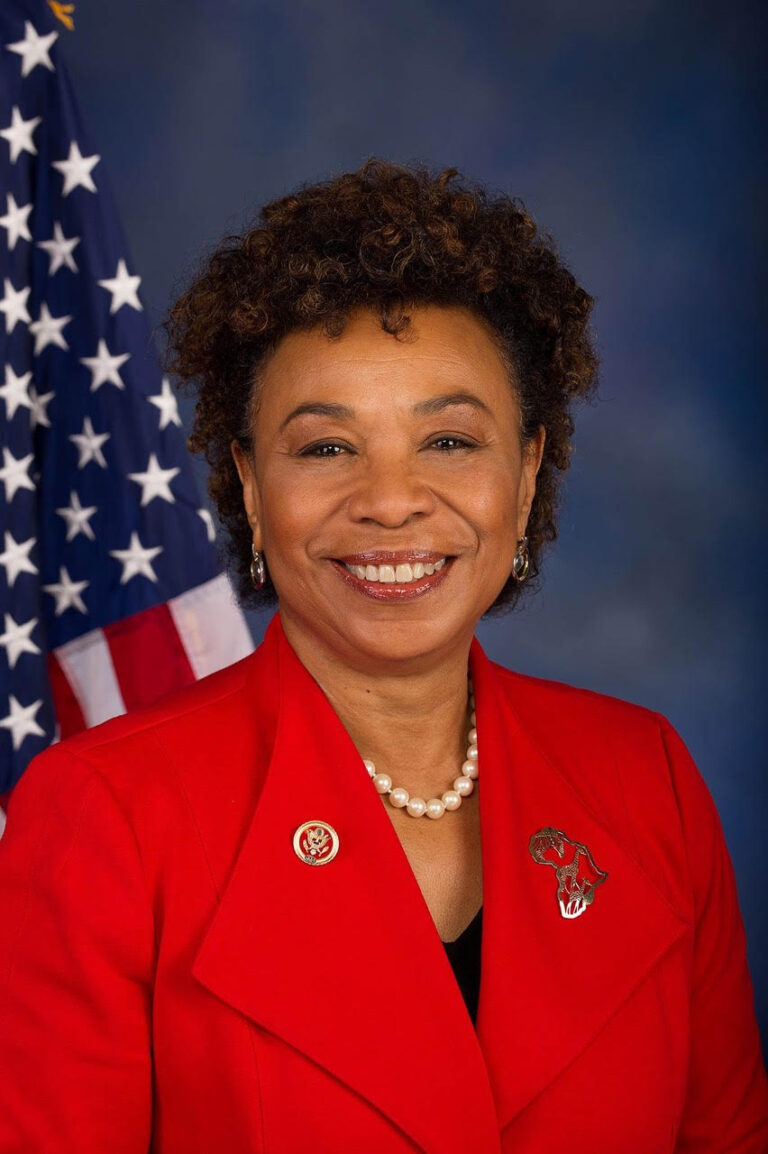By Stacy M. Brown, NNPA Newswire Senior National Correspondent
Mississippi Democratic Congressman Bennie Thompson revealed that some of the 41,000 hours of video footage from the January 6, 2021, insurrection that House Speaker Kevin McCarthy (R-Calif.) turned over to Fox News included classified material that could threaten national security.
In an exclusive 65-minute interview with Let It Be Known, a live daily news show put on by the National Newspaper Publishers Association, Thompson, the head of the January 6 Commission, said he wanted to see what document McCarthy signed with Fox News to transfer the footage.
“There are serious national security implications, a lot of what we saw and did not share with the public as a committee,” Thompson said in a no-holds-barred discussion with Black Press reporters on the program.
“There are safeguards in place, and some of this material is privileged,” he continued.
“You can’t just open the store and let someone come in and clean it out. We want to see what document was executed for that transfer of information. I chaired the [January 6] committee, and I can tell you that there is clearly information in there that we choose not to put in the public arena because of its sensitivity.”
The bold and unusual move by the House speaker of handing over such information reportedly comes after McCarthy faced intense pressure from his right flank to relitigate the work of the House select committee.
While it took an unprecedented 15 rounds of voting for McCarthy to win the speakership, one of the reasons Republicans relented was because he vowed to hold hearings on the Capitol riot.
Thompson noted that the cause for alarm rose further when McCarthy gave the classified information to Carlson, the most outspoken Fox host, to promote the lie that the 2020 election was stolen from former President Donald Trump.
“You turn the tapes over to a guy who was the cheerleader of lies being told, and even when he knew what he was saying was wrong, he kept saying it,” Thompson railed.
“I don’t know what it means from a journalistic standpoint, we can have differences of opinion, but when facts say something different and are irrefutable, and you try to promote alternate situations, that’s not journalism,” he continued.
“You turn this kind of information to these people who have been proven in a court of law not to tell the truth about a subject they had already acknowledged in court. Fox News has turned this information over to the courts in a lawsuit, and now that same Fox News has access to information about January 6. The speaker should have said, ‘I can’t let you have this.’ But he did.”
While Thompson doesn’t expect McCarthy to pay the price for his action, he stated his belief that he, a Democrat and African American, most certainly would have it been him who turned over classified information.’
“I, and every other member of Congress, take an oath that you are not supposed to release that kind of information,” Thompson declared.
“If you do, you have violated the oath of office and broken the law.”
Thompson, who led the investigation into the January 6 insurrection, called it challenging to work with Republicans like McCarthy, Marjorie Taylor Greene of Georgia, and others.
“I think Speaker McCarthy, because of his challenge to become speaker, made so many off-the-record commitments to become the speaker that he can’t say no to certain people,” Thompson asserted.
“He can’t say no to Marjorie Taylor Greene or some of those other folks. So it took him too long to become the speaker. Every time a vote was taken, they [negotiated, and ultimately McCarthy got the number he needed. Still, it’s clear that he had to give up all authority and power inherent in a traditional speakership to get [the job].
“So, I’m not surprised he gave this information to Fox News. They’ve been in his corner promoting an alternate reality, which is part of the payback to the Fox Network.”
Thompson said politics are far different today than in previous times.
While many of his colleagues believe in the rule of law and that America is a nation of laws, Thompson said some in Congress differ substantially.
“Marjorie Taylor Greene tweeted that there should be a national divorce, but that’s the Civil War. That’s the 2.0 version of divide and conquer or us versus them,” Thompson insisted.
“What we try to do is based on facts and to promote the truth,” he continued.
“A lot of our colleagues could give a tinker’s damn about the truth. I’ll celebrate 30 years in this institution in a couple of months, and I’ve never seen it this partisan, and I’ve never seen the lack of respect I see now for the institution.”
Thompson also revealed for the first time how challenging, and life-threatening serving on the January 6 Commission was.
“Every member ended up with a security detail,” Thompson offered.
“The moment they landed in Washington, the Capitol police would meet them at the airport and be with them until they got back on the plane.
“When you went home, another detail would meet you and be at the house until you returned to Washington. Based on the threat level, they assessed and looked at social media postings. We had folks crazy enough to call the office. So, they gave everyone a detail. It was also what was being said. People were talking about family members. You can pick on Bennie Thompson but leave my wife, daughter, and grandchildren alone. It was a challenge.
“We had witnesses we wanted to talk to, but they were afraid. So for a couple who testified, we moved them out of their apartments before they testified and put them in undisclosed locations.
“We were concerned. After they testified, they left town the same day. It was something that the annals of history, over time, will tell you that we went through.
“But we told everyone that they were welcome to be a witness in public or in private, but under oath. If you lie to us, we will charge you with perjury.”

















